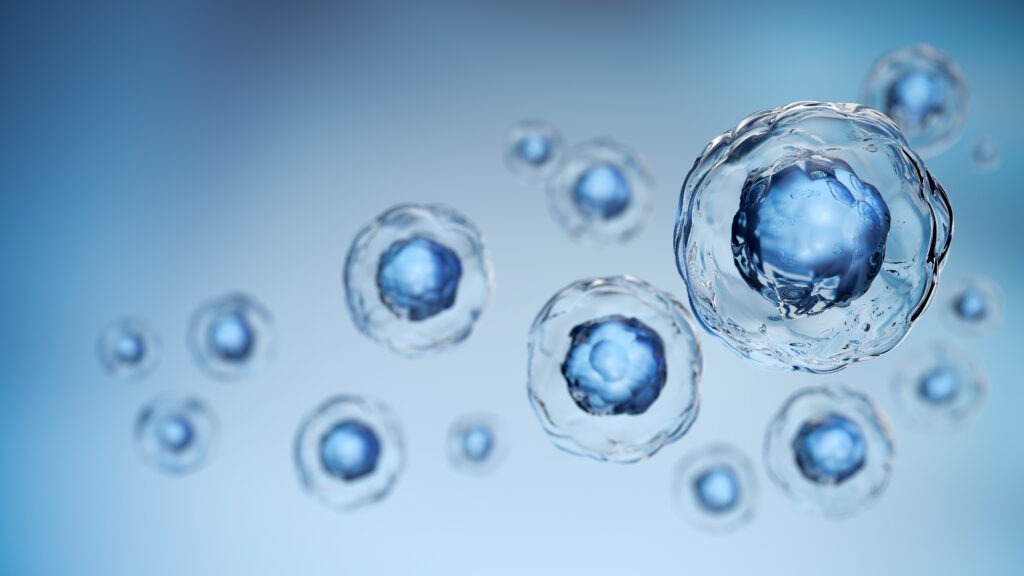Autism, or autism spectrum disorder (ASD), is a complex neurodevelopmental condition
that can affect communication, social skills, and behavior in different ways. In recent years,
research has highlighted the role of nervous system inflammation and immune system
alterations in the development of this condition.
Among the new treatment strategies under study, therapy with mesenchymal stem cells
derived from Wharton’s jelly (WJ-MSCs)—a tissue from the umbilical cord rich in cells with
regenerative and anti-inflammatory properties—is attracting particular interest.
The case history
A group of Turkish researchers (Kabataş et al., World Journal of Methodology, 2025)
described the case history of a 4-year-old girl diagnosed with ASD, treated with a
combined protocol of:
- Transplantation of WJ-MSCs, administered both intrathecally (directly into the
cerebrospinal fluid) and intravenously; - Intensive neuro-rehabilitation program, the cells, prepared in a GMP-certified laboratory, came from healthy donors and underwent rigorous quality controls to ensure their safety and purity.
Results
The treatment was administered in six sessions, with no serious side effects observed
during the two-year follow-up. Improvements were assessed using standardized scales:
- Childhood Autism Rating Scale (CARS): score reduced from 37 to 31 (indicating
improvement of symptoms); - Denver II Developmental Screening Test: significant progress in language, gross
motor skills, and social abilities.
The most evident improvements were observed in verbal communication and motor skills,
two areas often impaired in children with ASD.
Why Wharton’s Jelly cells
WJ-MSCs have particularly favorable characteristics:
- They are well tolerated by the immune system, reducing the risk of rejection;7
- They possess marked anti-inflammatory and neuroprotective properties;
- They are easier to expand in the laboratory compared to bone marrow-derived stem cells.
Conclusions
This case history suggests that transplantation of Wharton’s jelly-derived stem cells,
combined with a rehabilitation program, may represent a safe and potentially effective
approach for some children with autism. However, as this is a single case history, it will be
important to continue research with larger and controlled studies, in order to confirm and
consolidate these promising results and to define shared treatment protocols.
Source:
Kabataş S, Civelek E, Savrunlu EC, Karaaslan U, Yıldız Ö, Karaöz E. Advances in the
treatment of autism spectrum disorder: Wharton jelly mesenchymal stem cell
transplantation. World J Methodol. 2025 Mar 20;15(1):95857. doi:
10.5662/wjm.v15.i1.95857.


